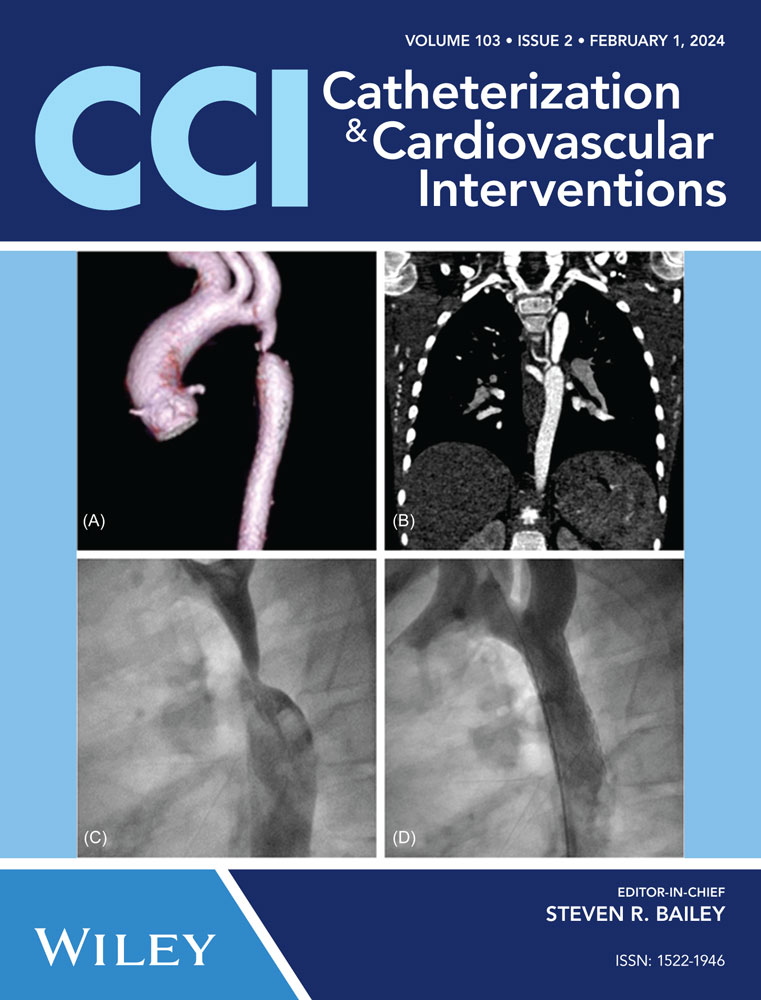Prognostic impact of in-stent restenosis in normal weight, overweight, and obese patients undergoing percutaneous coronary intervention
Abstract
Background
Among patients undergoing percutaneous coronary intervention (PCI), in-stent restenosis (ISR) is related with a worse prognosis, while higher body mass index (BMI) values are associated with better outcomes. It is unclear whether the prognostic impact of ISR varies in function of BMI.
Methods
Patients undergoing PCI at a large center from 2012 to 2019 not presenting with an acute myocardial infarction (MI) were included. Subjects with BMI < 18.5 kg/m2 or treated with bare metal stents were excluded. Patients were stratified according to type of lesion treated (ISR vs. no-ISR) and into four BMI categories: normal weight (BMI 18.5–25 kg/m2), overweight (25.0–29.9 kg/m2), class I obesity (30.0–34.9 kg/m2), class II–III obesity (≥35.0 kg/m2). The primary outcome was major adverse cardiovascular events (MACE), a composite of all-cause death, MI, and target vessel revascularization (TVR) at 1 year.
Results
Out of 16,234 patients, 3694 (23%) underwent PCI for ISR. ISR as compared to no-ISR was associated with a consistent increased risk of MACE within the normal weight (18.8% vs. 7.8%, adj. hazard ratio (HR): 1.99, 95% confidence interval [CI]: 1.51–2.64), overweight (19.1% vs. 6.4%, adj. HR: 2.35, 95% CI: 1.91–2.88), class I obesity (18.3% vs. 6.8%, adj. HR: 1.95, 95% CI: 1.47–2.57), and class II–III obesity (16.4% vs. 7.4%, adj. HR: 1.61, 95% CI: 1.09–2.37) groups (interaction p-value: 0.192). The ISR-related risks were mostly driven by an excess of TVR.
Conclusions
At 1 year, ISR was associated with an increased risk of MACE irrespective of BMI, mostly due to an excess of TVR after ISR.
CONFLICT OF INTEREST STATEMENT
The authors declare no conflict of interest.
Open Research
DATA AVAILABILITY STATEMENT
The data that support the findings of this study are available on request from the corresponding author. The data are not publicly available due to privacy or ethical restrictions.




